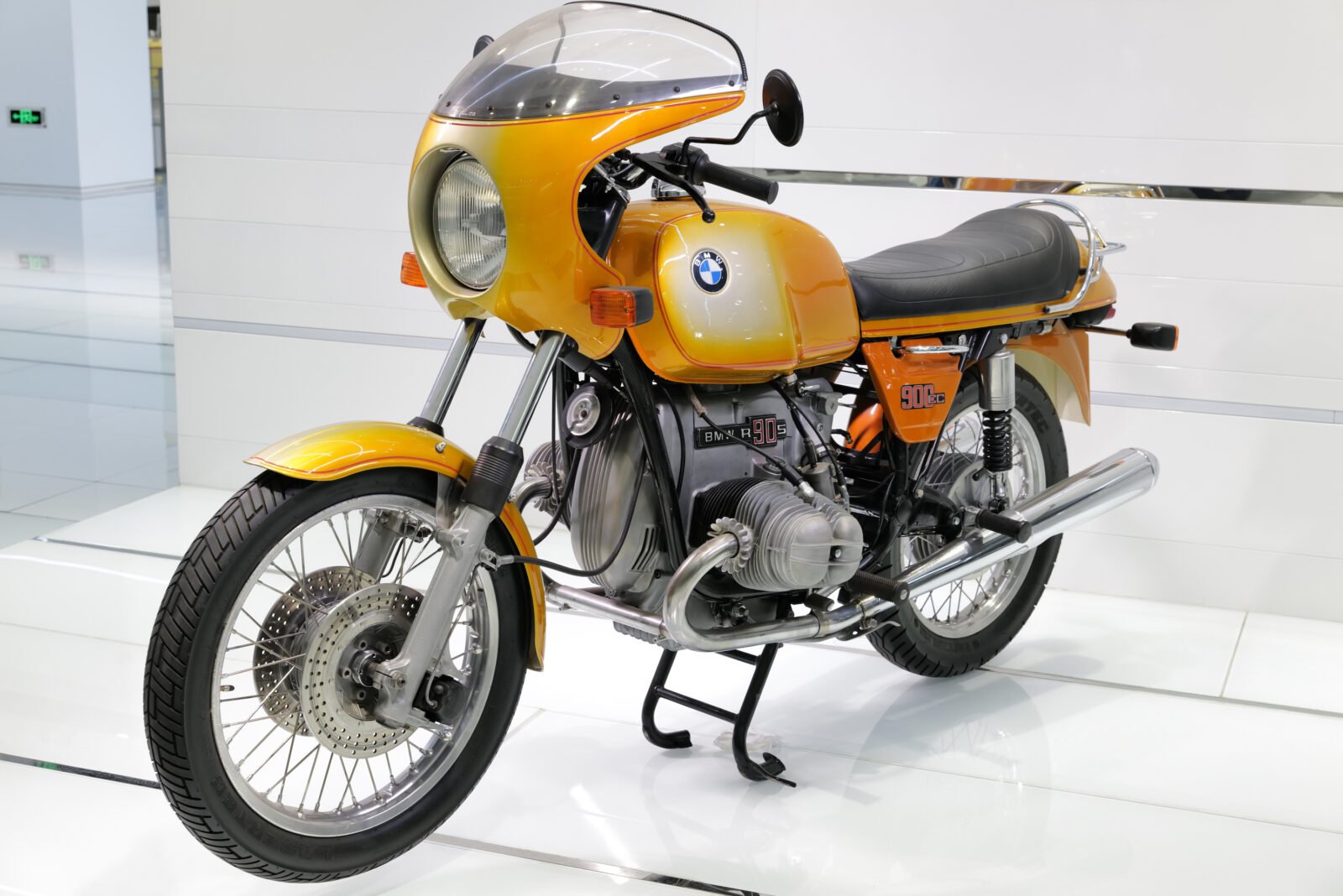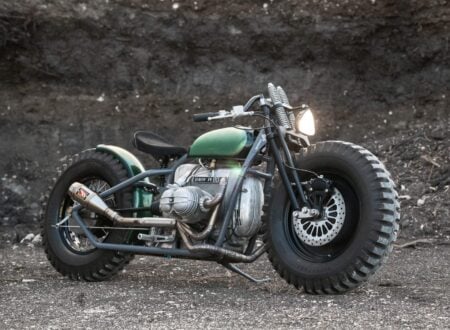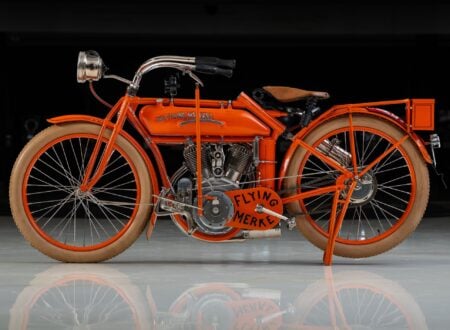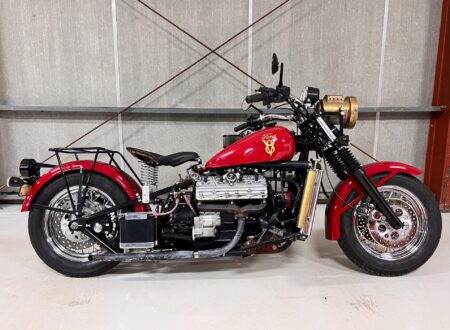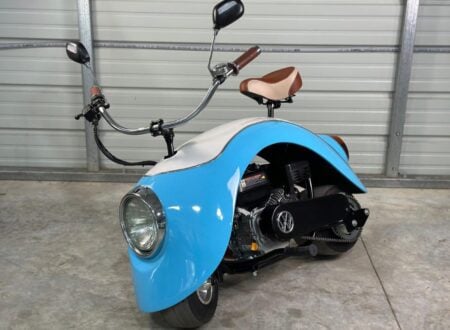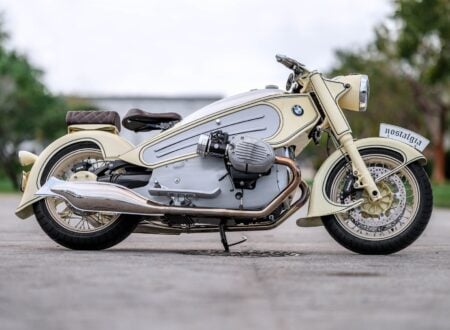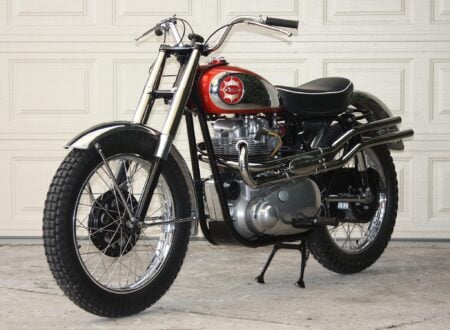When the BMW R90S was released in 1973 it marked a stark departure from the understated models that preceded it. Within just three years the R90S would revolutionize the BMW motorcycle brand and win the 1976 United States AMA Superbike Championship.
Some have called the R90S “the world’s first sports tourer” and while that may be open to debate, no one can argue that the ability that the R90S had to keep up its fellow superbikes while also being capable of continent-crossing adventures was the key to its success.
Fast Facts – The BMW R90S
- The credit for the BMW R90S rests squarely on the shoulders of one man, a German designer named Hans Muth. Muth had been hired by BMW specifically to design a new kind of motorcycle to better compete with the onslaught of Japanese superbikes in the 1970s.
- Rather than reinventing the wheel, Muth and his team took the BMW R75/5 and used it as their foundation. The engine was bored out and improved, an all-new fairing and bodywork kit was designed, and it would be the first BMW to get dual front disc brakes.
- The performance abilities of the new R90S coupled with its good looks have been credited with saving the BMW motorcycle division. Though it was more expensive than its competition when it was released it, was such a well rounded sports tourer that BMW sold over 17,000 of them.
- The BMW R90S you see here has been well-preserved as part of the Bavarian Legends Collection at the Motorworld München museum in München, Germany. It’s now due to roll across the auction block with RM Sotheby’s on the 26th of November.
The Bavarian “Dampfhammer” That Saved BMW
Nicknamed the Bavarian Dampfhammer (or Bavarian steam hammer) at the time of its release, the BMW R90S forever put to bed the rumblings from some executives at BMW Motorrad that they should sell off their motorcycle division and just focus on cars.
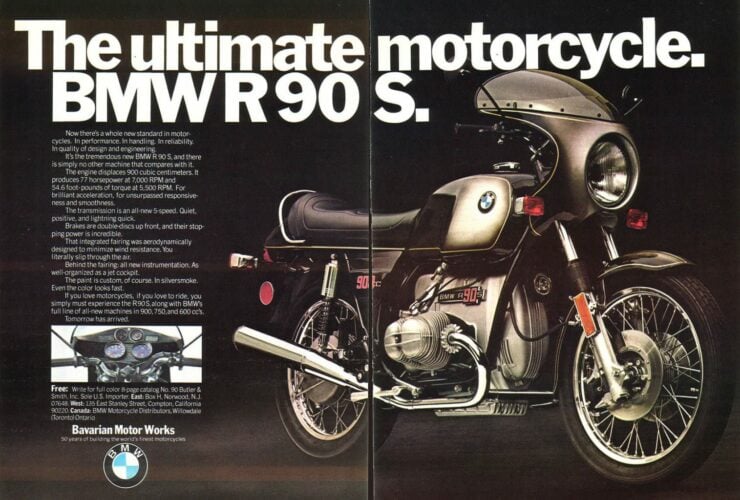

BMW had actually built their first motorcycle in 1923, five years before they released their first car in 1928, so in come respects they’re a motorcycle company that builds cars and not the other way around.
The company became famous for their air-cooled flat-twin motorcycle engines and maintenance-free shaft drive systems, which proved profitable for them for decades.
By the late 1960s and early 1970s a new force had begun to emerge in the world of high-capacity sport motorcycles – the Japanese manufacturers Honda, Kawasaki, Suzuki, and Yamaha – otherwise known as the “Big Four.”
Starting with the release of the Honda CB750 in 1969, the motorcycle for which the term “superbike” was created, these inexpensive, reliable, and quick Japanese bikes left many of the traditional giants of the motorcycle world on the back foot – companies like Norton, Triumph, Harley-Davidson, Ducati, and BMW.
Some of these companies managed to adapt and survive but many didn’t. One that did was BMW, and it was largely because of the motorcycle you see here – the BMW R90S.
The BMW R90S
In the early 1970s an Swiss/American named Bob Lutz was hired by BMW as the executive VP of sales, interestingly he would later serve as a top executive at all of America’s “Big Three” automakers – General Motors, Ford, and Chrysler.
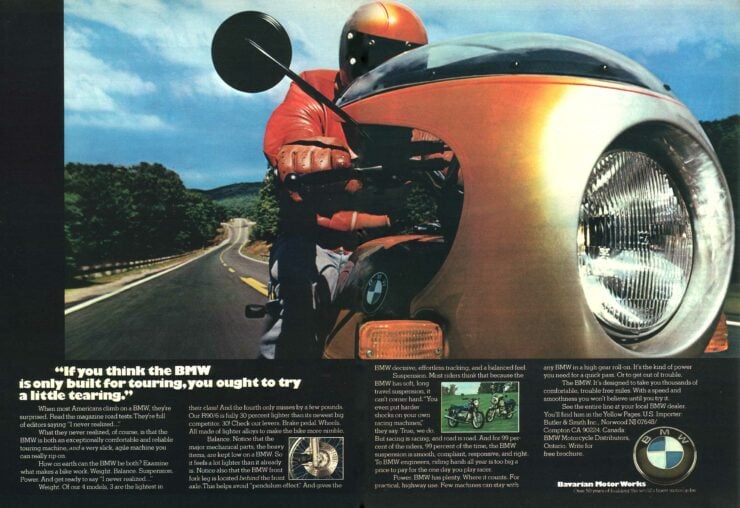

Lutz himself was a motorcyclist and the owner of a Honda CB750, he great potential for the BMW Motorrad division but realized they needed to break the mould and move with the times. He hired designer Hans Muth to create an all new German superbike, and in so doing began the process of turning the flagging fortunes of the motorcycle division around.
Hans Muth and his team took the BMW R75/5 and began reworking it, the engineering was led by Hans-Gunther von der Marwitz who bored out the cylinders to 898cc, added higher-compression pistons, fitted Dell’Orto pumper carburetors, and BMW’s new 5-speed gearbox.
The bikini fairing and new body work for the bike were developed by Muth, cleverly they were designed to allow the R90S to be used as either a superbike or a sports tourer – with the addition of the bikini fairing up front, the comfortable seat for two people, and the ability to quickly add panniers for traveling.
The R90S was capable of 67 bhp, a good figure for the era, along with 56 lb ft of torque that gave the bike a top speed of 125 mph, a quarter mile time of 13.5 seconds, and a 0-62 mph time of just 4.8 seconds.
Whereas the BMW motorcycles that came before had often been seen as somewhat staid, the R90S was given a bold Smoke Black/Silver paint scheme with adhesive gold pinstripes, later models would get the even more eye-catching two-tone Daytona Orange with red pinstriping – a color scheme no one could ever describe as boring.
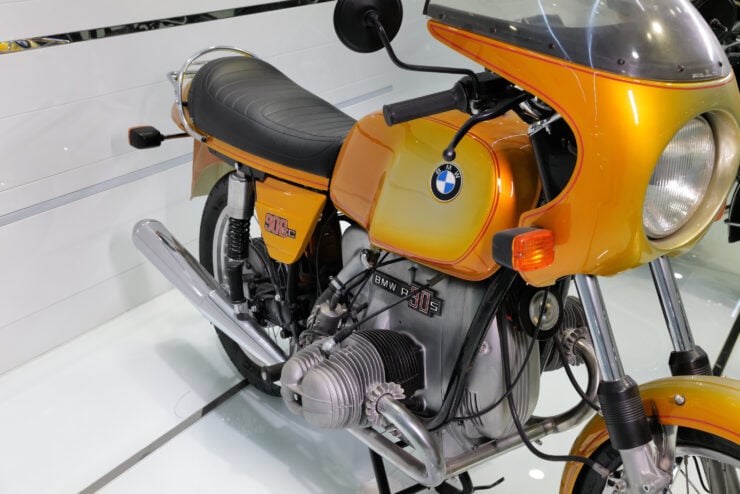

The BMW R90S would remain in production from 1973 until 1976, it was then replaced with the very similar BMW R100S.
So important was the R90S to the history of the company that in 2014 they released a new version of it called the BMW R nineT with all new engineering but styling that was directly influenced by the Muth-designed legend from 1973.
The 1975 BMW R90S Shown Here
The motorcycle you see here is a 1975 BMW R90S has been very well preserved as part of the Motorworld München museum in Germany. It remains in overwhelmingly original condition throughout including its bold two-tone Daytona Orange paintwork.
Tis bike is now due to roll across the auction block with RM Sotheby’s on the 26th of November. It will offer a unique chance for collectors and enthusiasts to get their hands on a museum-preserved R90S time machine still carrying its original paint.
If you’d like to read more about it or register to bid you can visit the listing here.
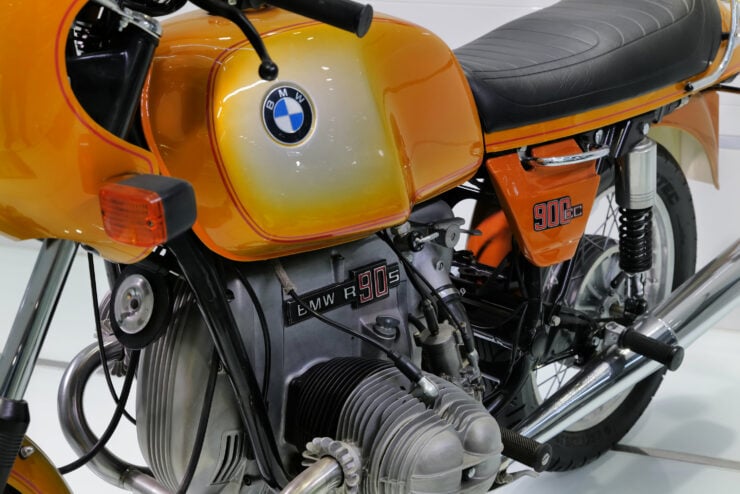
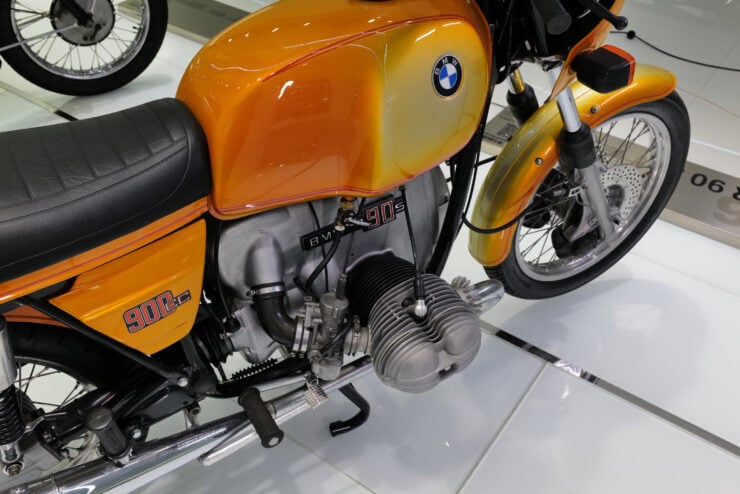
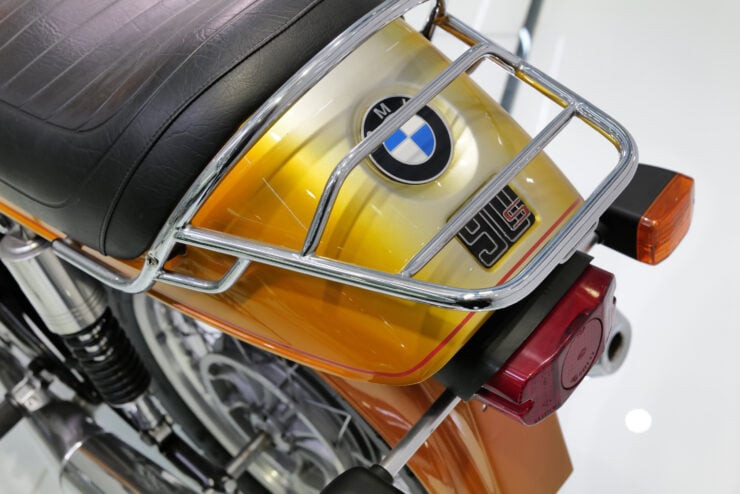
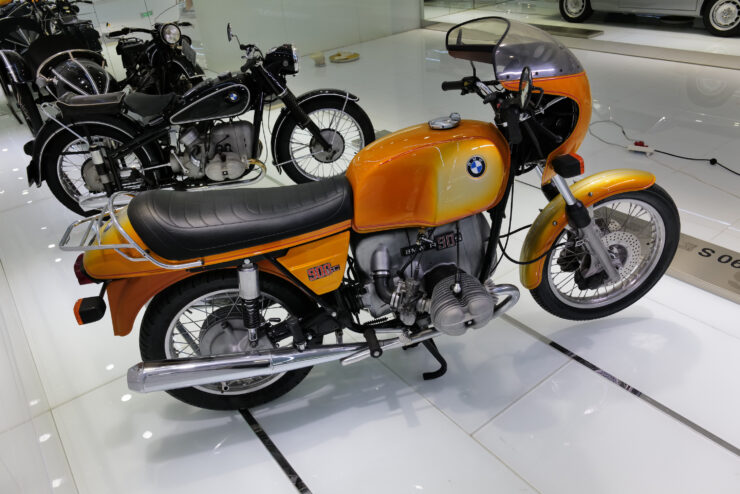
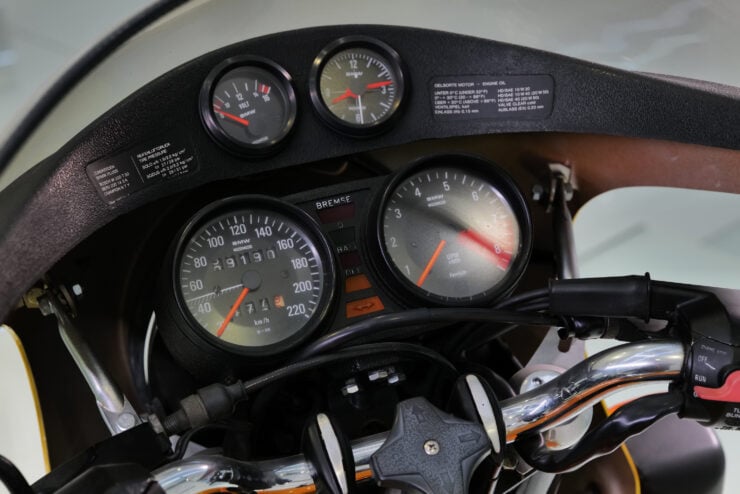
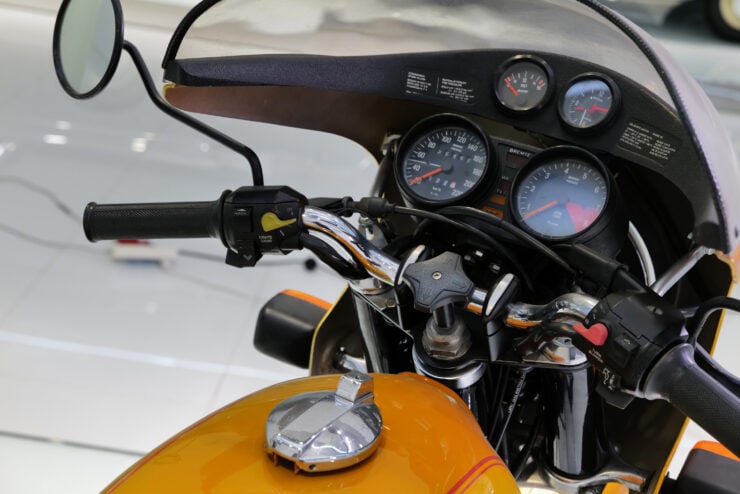
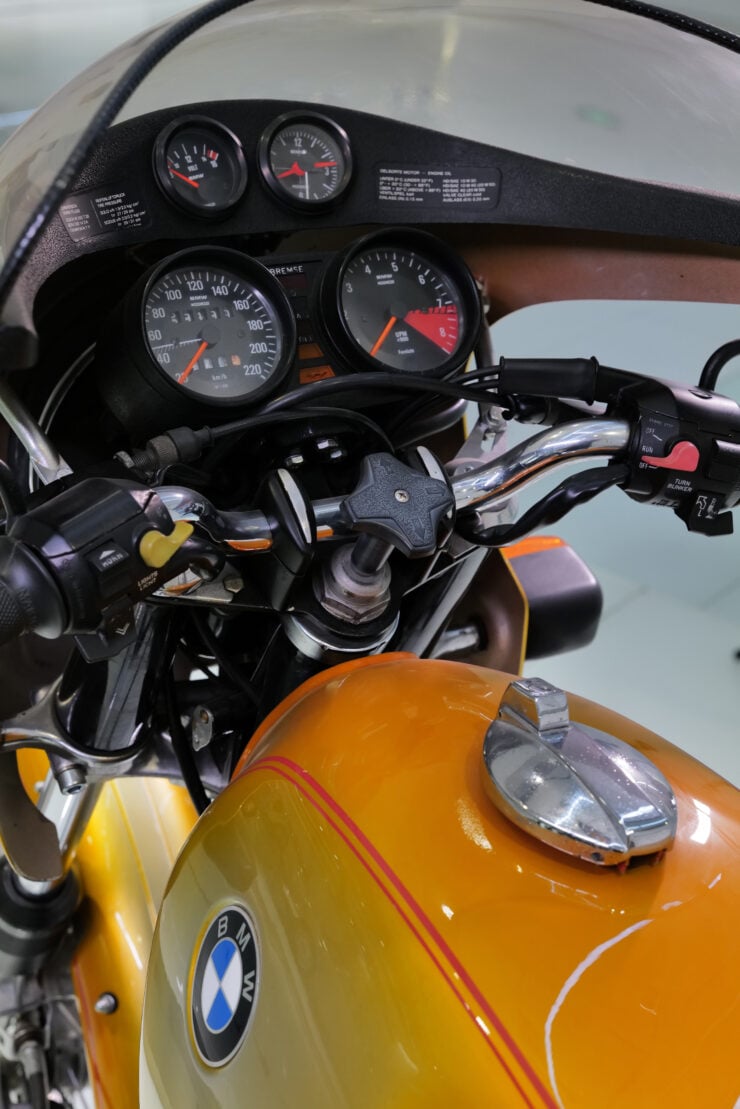
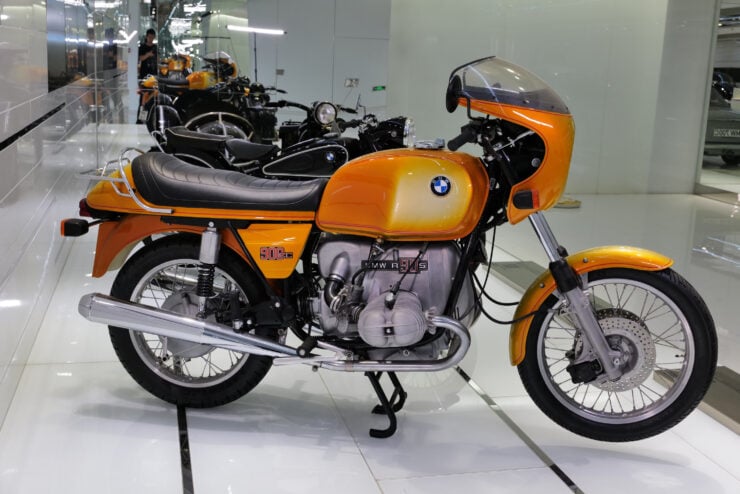
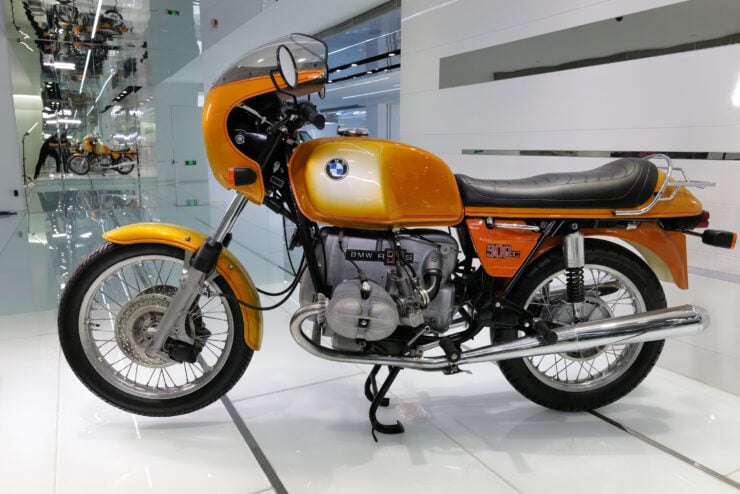
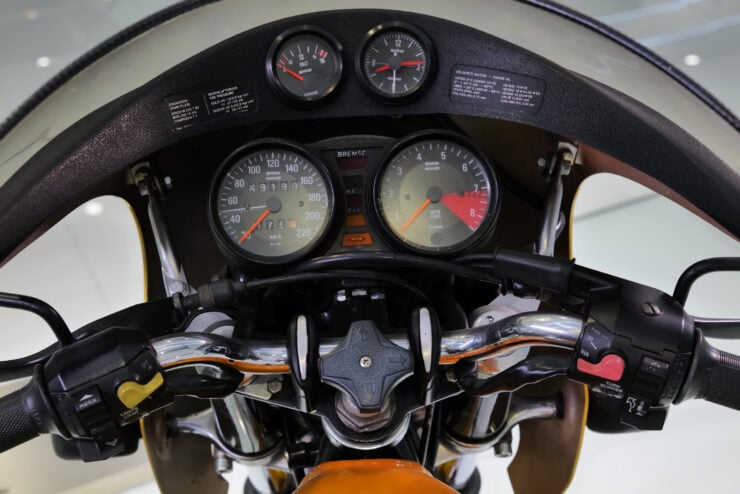
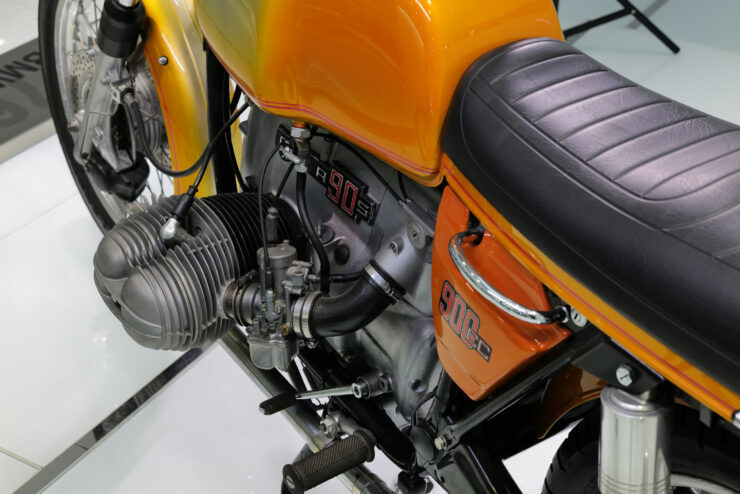
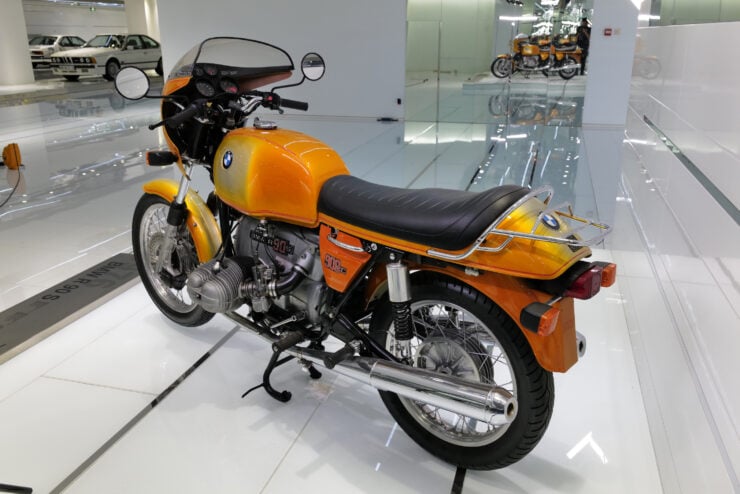
Images courtesy of Richard Cao ©2022 Courtesy of RM Sotheby’s

Articles that Ben has written have been covered on CNN, Popular Mechanics, Smithsonian Magazine, Road & Track Magazine, the official Pinterest blog, the official eBay Motors blog, BuzzFeed, Autoweek Magazine, Wired Magazine, Autoblog, Gear Patrol, Jalopnik, The Verge, and many more.
Silodrome was founded by Ben back in 2010, in the years since the site has grown to become a world leader in the alternative and vintage motoring sector, with well over a million monthly readers from around the world and many hundreds of thousands of followers on social media.

